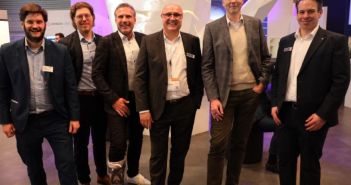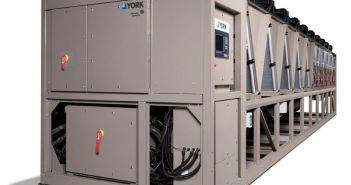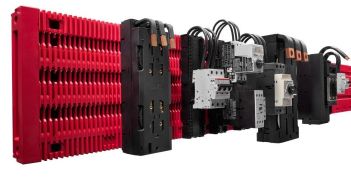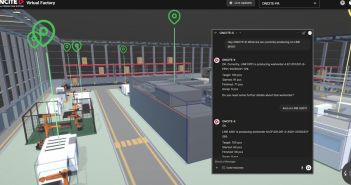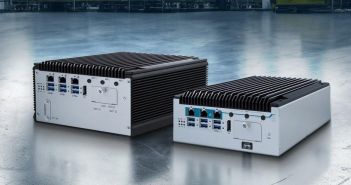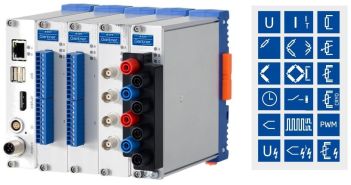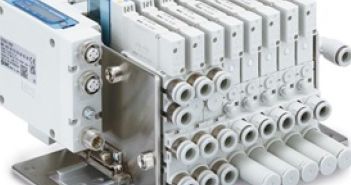NTT and Red Hat, in collaboration with NVIDIA and Fujitsu, have developed a groundbreaking solution as part of the IOWN initiative, which expands the potential of real-time data analytics with Artificial Intelligence (AI) at the Edge. Recognized as an IOWN Global Forum Proof of Concept (PoC), this solution offers numerous benefits for businesses. By leveraging advanced technologies and partnerships, it enables efficient data processing, reduces latency, and enhances scalability, ultimately empowering companies to unlock new insights and opportunities for growth.
Table of Contents: What awaits you in this article
Increasing Importance of Edge Computing for Efficient AI Analysis
The increasing importance of AI, sensor technology, and network innovations has led to a growing relevance of edge-based AI analytics. With the continuous growth of data sources, efficient and fast processing of AI analytics is crucial. However, implementation can be complex and result in higher maintenance costs for software and hardware. The advancement of edge computing capabilities allows for AI analytics to be performed closer to the sensors, reducing latency and increasing bandwidth.
The solution combines the IOWN All-Photonics Network (APN) and advanced technologies in the IOWN Data-Centric Infrastructure (DCI) to create an accelerated data pipeline for AI. NTT’s accelerated data pipeline leverages Remote Direct Memory Access (RDMA) over APN to efficiently collect and process large amounts of sensor data. Red Hat OpenShift’s container orchestration technology provides flexibility in managing workloads across remote and geographically distributed data centers. With this solution, businesses can achieve efficient power consumption and low latency for real-time AI analysis at the edge.
The real-time AI analysis platform was evaluated as part of a Proof of Concept, utilizing Yokosuka City as the sensor installation base and Musashino City as the remote data center. This evaluation resulted in a 60% reduction in latency compared to traditional AI inference workloads. Additionally, the power consumption of the AI analysis was reduced by 40% compared to conventional technologies. With the scalability of GPUs, the solution can support a larger number of cameras without the CPU becoming a bottleneck. Expectedly, the power consumption can be further reduced by an additional 60% when using 1,000 cameras.
Accelerated data pipeline improves efficiency and reduces network overhead
- This accelerated data pipeline for AI inference efficiently processes large amounts of sensor data and reduces protocol overhead in the network
- Large-scale real-time AI data analysis based on Red Hat OpenShift that simplifies the adoption of hardware accelerators
- The utilization of NVIDIA A100 Tensor Core GPUs and NVIDIA ConnectX-6 NICs enables KI-Inferencing
Efficient Data Collection Reduces Overhead for Large Data Sets
- Reduced overhead achieved through efficient collection of large datasets
- Improved data collection across multiple locations enables faster AI analysis
- The solution leverages renewable energy sources such as solar and wind power
- By utilizing video cameras as sensors, the solution enhances security in area management
The solution developed by NTT and Red Hat as part of the IOWN initiative provides the foundation for intelligent AI-powered technologies that enable businesses to scale sustainably. It offers a groundbreaking approach to real-time data analysis with AI at the edge, reducing latency and power consumption while efficiently processing large amounts of sensor data. To learn more about this innovative solution, attend the IOWN Global Forum session at MWC Barcelona on February 29, 2024.
Enhancing Real-Time AI Edge Analytics: A Solution with Multiple Benefits
The development of this real-time data analysis solution with AI at the edge brings numerous benefits to businesses. By efficiently processing large volumes of data and reducing latency and power consumption, the solution enables faster and more cost-effective AI analysis. Additionally, it offers flexibility in managing workloads across different locations and allows for the utilization of renewable energy sources. With this groundbreaking solution, businesses can enhance their efficiency and unlock new opportunities for growth and innovation.



